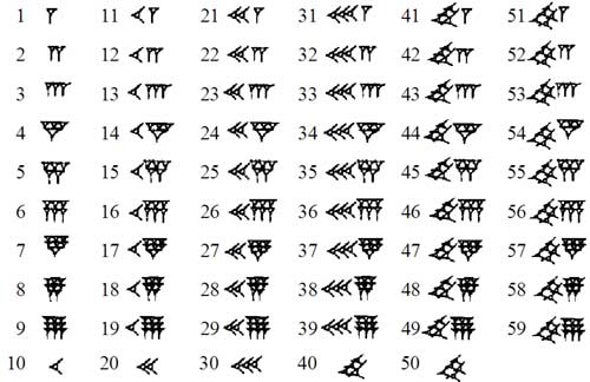As demonstrated in the section of Babylonian algebra from Crest of the Peacock, the Babylonians stated mathematical principles using concrete words in place of algebraic notation. In Example 4.8, they defined ‘ush’ as length, and ‘sag’ as width. Multiplying ush and sag gives ‘asha’ which means area. In this example, it was demonstrated that the Babylonians understood multiplying length and width gives the area for a rectangle. However, as a result of using concrete words to explain mathematical principle, blocks of text become wordy and it becomes harder to follow information being presented.
I agree that mathematics is all about generalizations and abstraction. For example, the generalization of Fermat’s Last Theorem: ax + by = cz for a, b, c, x, y, z are positive integers not necessarily all equal, could be a generalization for some quadratic equation or some system of equations. Formulas and equations in mathematics can be generalized to explain a pattern or relationship. Similarly, with geometric shapes, we can generalize them into other shapes; tangrams are an excellent example of this. Abstraction in mathematics reveals a deeper connection or pulls ideas from other areas to assist in solving mathematical problems. For example, Andrew Wiles proved Fermat’s Last Theorem; a number theory problem, using elliptic curves which is a branch of algebraic geometry.
I think some mathematical knowledge may be easier to explain without algebra. For example, the Fundamental Theorem of arithmetic can be explained as every number greater than 1 can be written as a product of one or more primes. In a college level number theory textbook, this theorem is usually stated like, “consider some integer n > 1 with two different factorization into primes: n = p1 p2 … ps = q1 q2 … qt , where ps and qt are primes with p1 ≤ p2 … ≤ ps and q1 ≤ q2 … ≤ qt.” This college explanation uses more algebra and makes reading the theorem complex yet generalizes the prime factors. Alternatively, trying to explain something like the generalization of Fermat’s Last Theorem without algebra will require significantly more lines of text, rather than how it was presented in paragraph 2. I recall Skemp who argued that mathematics has an “over-burdened syllabi” where a single line of math contains many concentrated ideas (1976). I imagine stating more general mathematical principles and abstract relationships without algebra to be very wordy and complicated.
Source:
Joseph G.C., (1991).
The Crest of the Peacock The Non-European Roots of Mathematics. Princeton
University Press. Princeton and Oxford.
Skemp, R. Relational
understanding and instrumental learning. Mathematics Teaching, 77, 20-26,
(1976)





